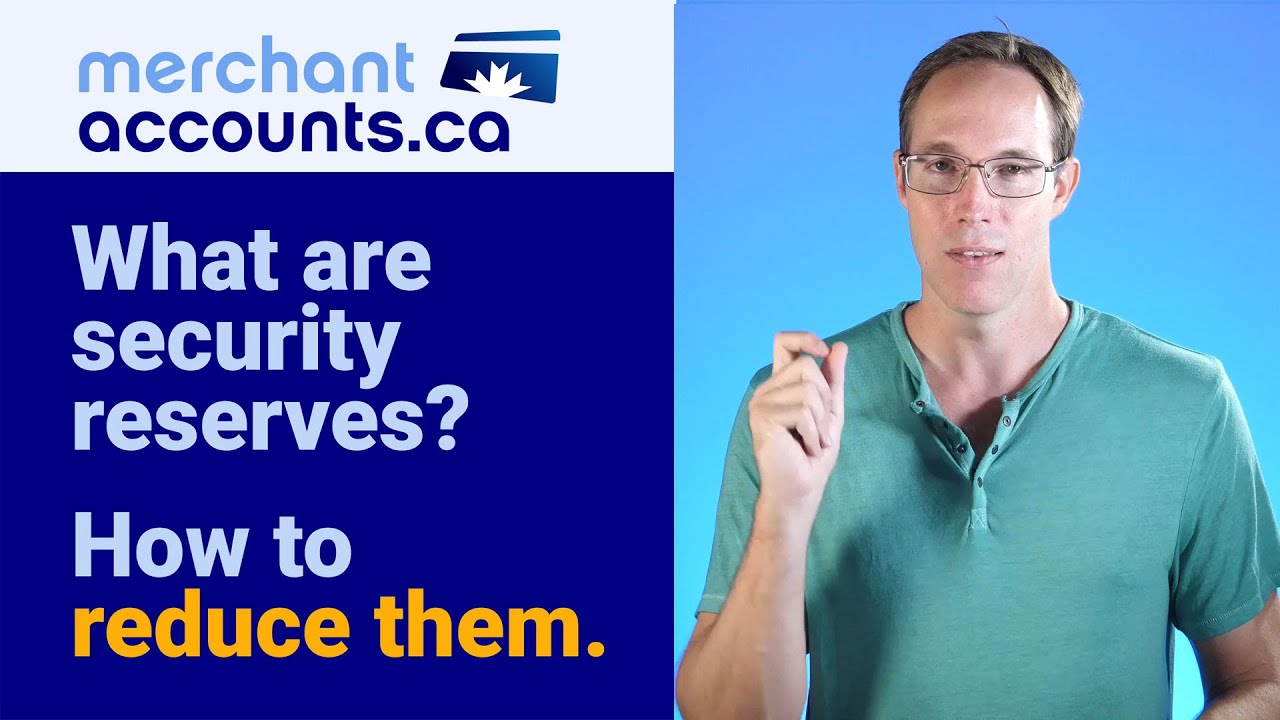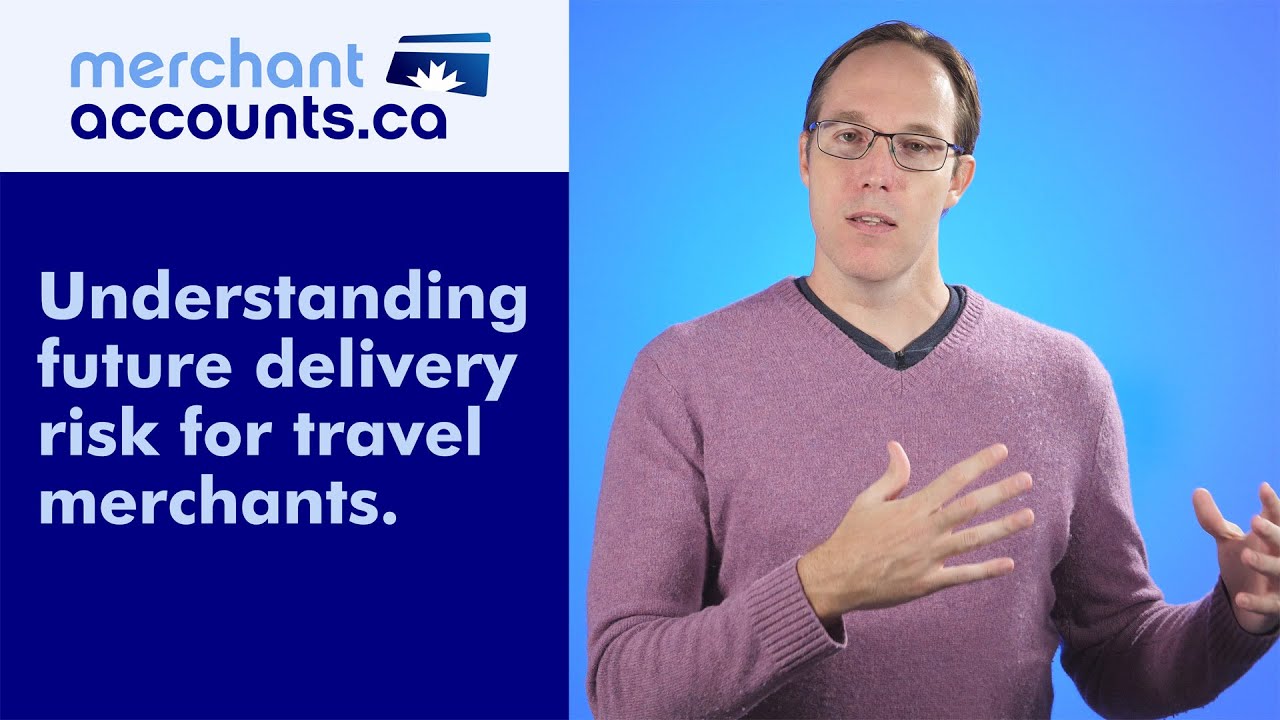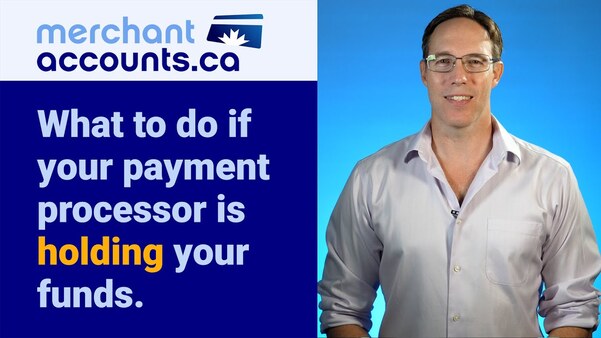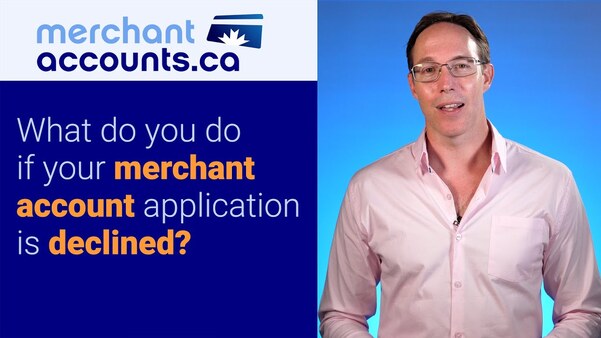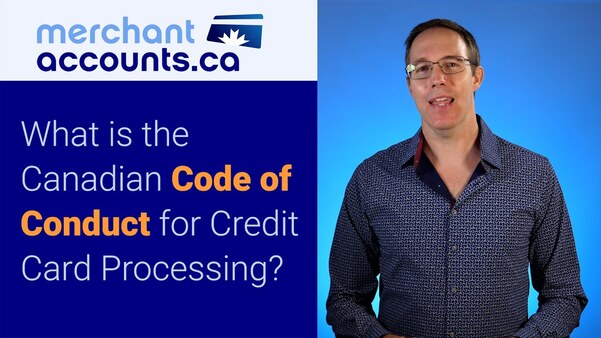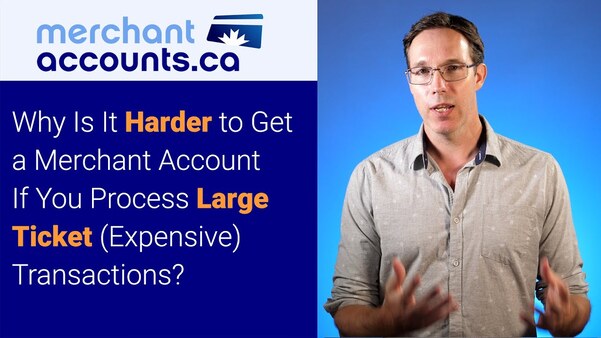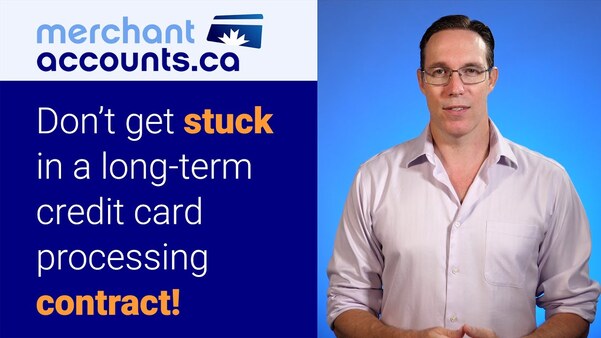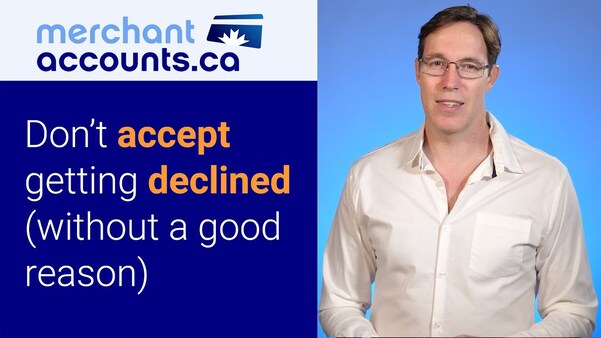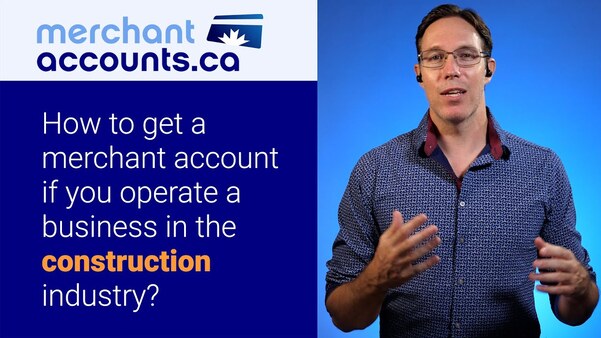April 22, 2013
by David Goodale
How does the product or service that a business provides affect the chance of being approved for a merchant account?

In order to secure desirable terms of approval (or approval at all for that matter) you should understand the role that assessing product risk will play in the approval of your account.
What is the bank looking for?
When the acquiring bank reviews your application they are looking at many different factors that affect the perceived risk of the business. Boiled down to the simplest possible statement: some products or services are more likely to be targeted by fraudsters or disputed by customers, and this increases the likelihood of a greater number of chargebacks occurring.
Merchants sometimes tend to take it personally when they are told that the product or service that their business offers is high risk. The fact is, it has little to do with your specific business, and everything to do with a generalized categorical assessment of other businesses selling a similar product. Credit card processors rely on decades of processing history by thousands of businesses across all categories of industry in order to determine which have the greatest and least risk associated with them.
Comparing Risk for 2 Different Businesses
Consider two different scenarios: One merchant sells novelty t-shirts on their website. These t-shirts are customized to the users preference and shipped to the customer within a week. The other merchant sells high end downloadable software, which is delivered instantly after the payment is processed.
Which merchant is more likely to have chargebacks on their account?
In this scenario, the merchant selling software would be seen as significantly riskier than the business selling t-shirts. There are a number of reasons:
| - | The ticket price of high end software can be quite high. If a dispute were to occur about a t-shirt order, the amount of the dispute may be $30. However, a dispute for an expensive software package may be $1,000, so there is a greater potential loss in the case of the software sale. | |
| - | The t-shirts are delivered by courier in about a weeks time, and must be sent to the customers physical location in order for it to be received. Clearly, if a physical product has to be received it requires a greater degree of sophistication in order not to get caught. (As a general rule most fraudsters won't have goods purchased on stolen credit cards shipped right to their house). However, in the case of software it can be downloaded instantly. This means that the fraudster can immediately gain access to whatever it is that they've paid for without having to worry about getting caught trying to receive a physical good in the mail. | |
| - | The audience to which the product is marketed also carries risk. To illustrate a point, it's far more likely that a teenager will try to purchase access to an online video game with a stolen credit card than a Grandmother trying to purchase knitting books online with a stolen credit card. Why? Grandmothers are not a high risk demographic. (Not to imply that there may not be sinister fraud kingpin Grandmothers out there somewhere, but thankfully we haven't run into any so far!) | |
Another point to consider is that fraudsters who use stolen credit cards to purchase items online are often looking for popular items that they can resell quickly to pocket the cash. The more money an item is worth, the more cash they end up with in their pocket per sale. If you were a fraudster and you wanted a quick $400 in your pocket, would you rather try to sell a single iPad, or 40 novelty t-shirts?
Be Aware of Your Ticket Size
As you can see in example above, the average transaction price plays a role in the risk assessment. The higher the average transaction price is, the greater the average chargeback will be. So even if we have two different merchants both selling t-shirts, one is selling novelty t-shirts for $20 each and the other is selling designer t-shirts for $200 each, the underwriter will determine that the designer t-shirts carry be a higher potential risk should a dispute occur.
Industry Specific Risk Examples
In most cases you can use logic and common sense (to a fairly large degree) in order to determine what the potential risk of your product or service may be. In some cases though, there are specific products that can be surprisingly challenging to achieve approval for.
For example, designer fashion items can be very challenging. That is because it is very important that if your business sells name brand items that they are genuine and authentic. Any replica or knock-off products are extremely high risk and most banks will not support the sale of them. Even if they are being marked as replicas so that the customer knows what they are getting, the actual trademark owner can not only file a lawsuit against the business owner, but also against the bank that is processing the transactions on behalf of the business owner. Banks do not want to expose themselves to that kind of risk so any products that are infringing on trademarks will not be supported.
Another major factor to consider is how long it takes for your customer to receive what they have paid for. In the industry this is referred to as "future delivery" or "fulfillment timeframe". If a merchant is accepting payment far in advance of providing the service it causes the risk score to go much higher. In fact, this is one of the greatest potential risk factors and often catches merchants unaware. For example, a merchant might sell an annual subscription to content on their website and be surprised to learn that they are either declined, or have a huge security requirement upon approval. The reason why is because a customer might pay for one full year of service up front. If the merchant goes out of business halfway through the year it means the cardholder won't receive what was promised to them. This causes a major issue because Visa and MasterCard have a simple policy: if a cardholder pays for a product they are going to get it. If they don't, they get their money back. In this case, because the merchant went out of business (we'll assume they ran out of money) it means they can't return the funds to the cardholder. In this situation the acquiring bank will have to eat the chargebacks and pay the funds out of pocket to the cardholders who purchased, and this can result in a significant loss.
Any time payment is made in advance, for example subscriptions, deposits, back-ordered products, retainers, flight reservations or a ticket for an upcoming event - in all cases this future delivery greatly impacts the risk score of the application. This is where working with a knowledgeable company (like Merchant Accounts.ca!) can help you. This really is where a good merchant services provider with a team of knowledgeable experts actually make a difference. They will advise you ahead of time (before proceeding to application) of the challenges, and provide suggestions or assistance in terms of small but significant modifications to your business model or billing model that can vastly help improve your chance of being approved or the terms of approval themselves.
Post Billing
The opposite is true for merchants who provide the service first and bill afterwards. For example, merchants who provide access to a website or software service, and then bill the customer at the end of the month based on their usage. This would be considered low risk and is generally much easier to get approval for because the customer has already received what they were promised.
I'm High Risk - What Do I Do?
In some cases the risk score for a particular business is just too high for the bank to approve. When this happens there are still ways that underwriters can work with you in order to get an account approved. This can be done by holding onto collateral, either in the form of a fixed security reserve, or a rolling reserve. In both cases, the bank holds onto some of the money that you process in order to offset potential liability from future chargebacks that may occur.
With a fixed reserve, the underwriters either request a specific amount of money up front, or they accrue it from the merchants gross sales before any funding deposits are sent to the merchants bank account. Established businesses often choose to pay an upfront security reserve because they have the cash needed to do so, and makes bookkeeping quite easy. Small companies do not often have the cash on hand to pay an upfront deposit and often opt to accrue the reserve from sales. For example, a bank may want a fixed reserve of $20,000. They might hold onto 25% of every sale that you make until they have built up a cushion of $20,000 which is then held in security against future chargebacks that may occur.
A rolling reserve is similar to a fixed reserve that is accrued, except there is no set number that the bank wants to build-to. Instead, it's a constantly rolling percentage of the total sales. For example a rolling reserve of 10% for 180 days means that 10% of the total processing volume is held by the acquiring bank for 180 days. 90% is funded immediately into the merchants bank account. The 10% that was held back is released on the 181st day into the merchants bank account on a rolling go-forward basis. (So the 10% of funds processed on day 2 are released on day 182, 10% from day 3 released on day 183, etc).
Where on Earth are You Shipping That Product To?
Geography can also play a role in the approval of your application.
The product or service that you offer may be considered low risk, but if you are selling to customers located in a geographic location that has a high incidence of fraud (such as Indonesia, Ukraine, Nigeria) it can increase the overall risk score. In cases like this it's a good idea to write a cover letter to go along with your application. In the cover letter you would explain your expertise in marketing to customers in this territory, and the fraud control steps intend to implement which will reduce the likelihood of fraud. Any previous processing history you have from another process will also bolster your case and help with approval.
Processing History and Financials - Your Trump Cards!
If your product or service is considered high risk but you have previous processing statements with another processor you should send them in with your application. (At least 3 months, and if your product is high risk send up to a full years worth of statements). This helps clearly demonstrate that despite what may be standard in your merchant classification category, you manage to conduct business while maintaining a very low chargeback ratio. Sometimes it is necessary to first build history with a high risk processor and then use that history to apply with a lower risk processor (usually after 6 or 12 months) in order to get lower rates.
The trump card to play is to display your companies financial strength. It is obvious that most startups are not cash rich, and is some cases this just isn't an option (in the short term). However, companies that are well established with a strong financial position represent a significantly lower risk than a company with weak financials. The reason should be obvious: companies with a strong cash flow situation demonstrate capable management, and the ability to absorb any blips or problems with fraud that may occur. If the bank knows that your business is here to say, they don't have to worry about customers purchasing products and not receiving them, thereby greatly reducing the potential for chargebacks.
Summary
Ultimately, while the product or service your business offers can have a large impact on your risk score there are things that you can do to minimize the risk and help improve your chance of approval. Keeping your average ticket price low, not billing in advance of fulfillment, and agreeing to security reserves will all help to reduce risk and get your application approved. Adding a nice cover letter that clearly explains what your business is doing and why it is not as risky as they might expect is always a good idea. In particular, you should work with your account manager at your desired processor to carefully construct a cover letter that will demonstrate your company in the best possible light. If the sales person that is helping you at your potential processor glosses over this it means they are either rock solid certain that you will be approved, or more likely, are not putting the effort into supporting you that they should be (and may be a sign of things to come).
Some accounts are challenging no matter what you do, but with effort and strategy any legitimate company should be able to achieve approval. If you have any questions about the risk associated with the product or service offered by your company do not hesitate to contact us.
Related Topics
March 15, 2022
It's common for merchants to have security reserves, rolling reserves, or holdbacks from the credit card processor. In this discussion we explore how to reduce or eliminate them.
December 23, 2014
One of the worst situations to find yourself in is being stuck in an unfair credit card processing agreement. They can be costly and difficult to get out of. In this article we'll explore ways to get out of the agreement at painlessly as is possible.
June 24, 2020
Why do payment processors have holdbacks or reserves on your merchant account? In this discussion we explain the concept of future delivery chargeback risk, and explore how to reduce the collateral held on your merchant account.
December 08, 2016
Establishing credit card processing for an airline can be very difficult, especially for young airlines, but also even for well established carriers.
June 12, 2023
David explains what to do if your payment processor suddenly starts holding onto your funds, or implements a larger holdback or reserve.
August 27, 2023
What should you do if your merchant account application is declined? David explains why payment processors decline some merchants, and how to turn it around and get an approval.
November 23, 2023
Canadian merchants are protected by the Code of Conduct for the credit card processing industry. It's a set of rules that credit card processors must follow with the intent of protecting business owners from unfair pricing and contract practices. For example, it protects merchants from unfair price increases. In this video David explains the most important things that business owners should know about the code of conduct.
February 13, 2024
If you sell expensive products or services you'll find that many payment processors want to hold back some of your funds in a reserve, or may even decline your merchant account application altogether. In this video David explains why this happens, and what you can do about it.
July 10, 2024
How long of a contract should you be willing to sign when setting up credit card processing for your business? In almost all cases the answer should be monthly. Long term contracts should be avoided. David explains how to get a monthly agreement, and a few exceptions to the rule when long-term contracts can be beneficial.
February 26, 2025
Merchants can get declined for a number of reasons like bad credit, a high risk product or service, or the risk of chargebacks to the credit card processor is too high. However, you should always be able to get a clear explanation of why you were declined. A good strategy is to always find out why you were declined, and specifically: what you should work on improving in the future. If your credit card processor canít tell you why you were declined this is a sign of a bad credit card processor.
May 07, 2025
Some businesses are harder than others when it comes to establishing a credit card processing solution. Surprisingly, construction and contracting businesses can sometimes have a problem with banks and processors holding onto their cash. In this video David explains why construction companies can sometimes run into a problem when opening a merchant account with a payment processor, and what you can do about it.
Learn How To Lower Your Credit Card Processing Fees
If you haven't reviewed your processing costs in a while take a moment to view our rates.
View Rates


